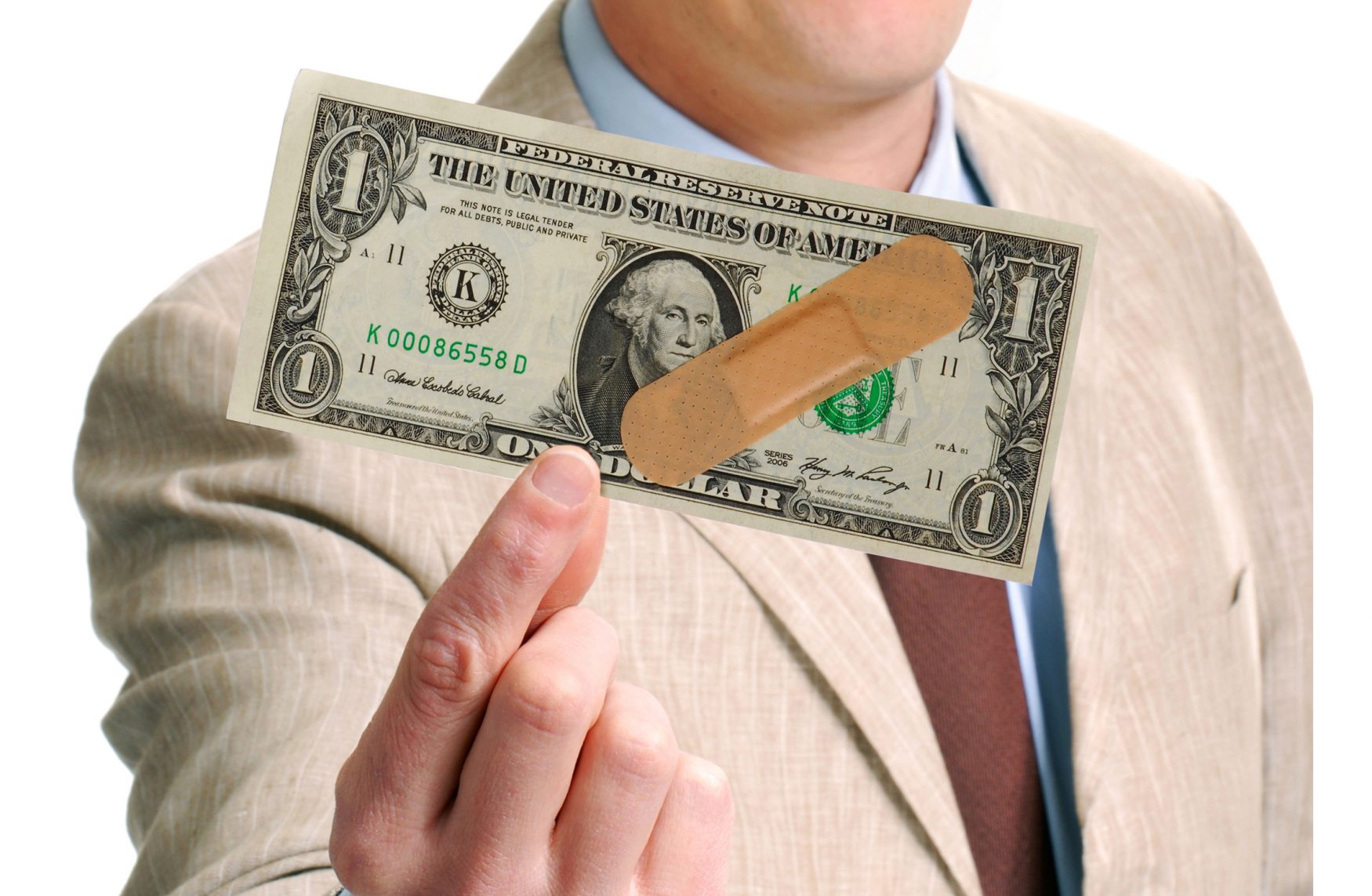
Federal Reserve Actions Hurt Economy
Federal Reserve Actions Destabilize the Economy by Creating Debt but the U.S. Currency Has Nothing Behind it to Pay Off the Debt but Lies.
First of all, contrary to popular belief, the Federal Reserve is not part of the United States federal government.
The Federal Reserve is a private banking institution owned and operated by private banking interests.
Federal Reserve actions include printing money and loaning it to the U.S. government which then compounds the interest, essentially making the loan impossible to repay as the money needed to cover the interest was never printed.
As a private banking institution, the actions of the Federal Reserve are not subject to oversight by the U.S. government or any official regulatory institution.
The Federal Reserve prints a fiat currency, money without any physical resource backing its value.
The only resource backing the notes printed and distributed by the Federal Reserve is debt, as each bill clearly states “this note is legal tender for debts, public and private”.
Federal Reserve actions to constantly print more money, and make more loans, are the biggest causes of monetary inflation in our economy today.
The Federal Reserve Act of 1913 established our current central bank, the Federal Reserve, and was signed into law by President Woodrow Wilson.
Federal Reserve actions have been heavily criticized by many opponents over the last century, with many claiming they have no constitutional authority to coin money.
The Fed is a cartel designed to protect major banks, and their mistakes inevitably exaggerate the severity of the boom and bust economic paradigm, thus creating severe depressions and recessions.
Federal Reserve management is not appointed or vetted by any branch of the U.S. government, as it is a private financial institution.
What is Fractional Reserve Banking?
The Federal Reserve banking process is referred to as “fractional reserve banking”, which means the bank is allowed to loan up to 90% more money than it actually holds in reserves.
This means if there is a run on the banks to withdraw credits, the banks will collapse as they hold only 10% of their outstanding credits in cash in the vault.
This is by far the most dangerous aspect of fractional reserve banking because it makes a severe depression possible.
If banks did not loan 90% more money than they actually have, they would not be at risk of collapse in the event of a bank run.
The Great Depression is a perfect example of how Federal Reserve actions can impact our economy and cause incredibly negative effects.
Unfortunately, we have failed to learn from the horrible errors of our recent past.
Who Does the Fed Benefit?
The Federal Reserve, and by extension all private “National Banks”, only benefit the bankers who own and operate them in the long run.
In the short term however, it would appear the easy credit helps small businesses to grow more rapidly, and solves those tricky government funding issues; serving the average American citizen and facilitating overall economic growth.
This is an illusion due to the fact the Federal Reserve charges interest on all loans; interest that cannot possibly be repaid, since the money to cover interest was never printed.
After the reality of debts constantly growing from interest sinks in, the economy falls apart.
Citizens have their homes foreclosed on, or other property repossessed by the bank, businesses have to shut down because they cannot acquire more credit to finance growth or protect current operations, and governments collapse under the weight of the debt.
“It is well enough that people of the nation do not understand our banking and monetary system, for if they did, I believe there would be a revolution before tomorrow morning.”
– Henry Ford
A Workable Solution
Many economists have suggested various common sense remedies for the financial crisis that has been directly created by Federal Reserve actions and by the fractional reserve banking system in general; remedies that do not involve simply the cutting or raising of interest rates and taxes.
Some argue that most ill effects would be remedied by bringing back a gold or silver standard on which to base the worth of our currency.
Others go further, suggesting we completely dismantle the Federal Reserve as a whole, and return the right and responsibility of printing money to the United States Treasury.
This would make it once again a public institution, subject to government oversight and regulation.
Another common suggestion, albeit controversial, is to eliminate usury (interest) from the loan process altogether, thus making loans much easier to repay.
This would obviously hinder the ability for private banks to reap the profits they’ve grown accustomed to, which would most likely reduce their incentive to give loans at all.
This is the root of the controversy surrounding the concept of abolishing interest.
Regardless, it is essential we look into every imaginable option to solve the crisis created by Federal Reserve actions; and we must act hastily to address this issue, as another depression has become inevitable.

 My First Amazing Ayahuasca Experience
My First Amazing Ayahuasca Experience  Pine Needle Tea
Pine Needle Tea  The REAL Controllers of Humanity: The Papal Bloodlines
The REAL Controllers of Humanity: The Papal Bloodlines  Is it Global Warming or Cooling?
Is it Global Warming or Cooling?  Gun Rights and Obama Examined
Gun Rights and Obama Examined